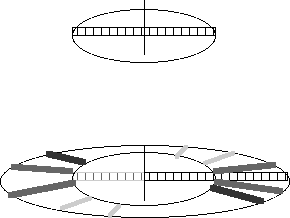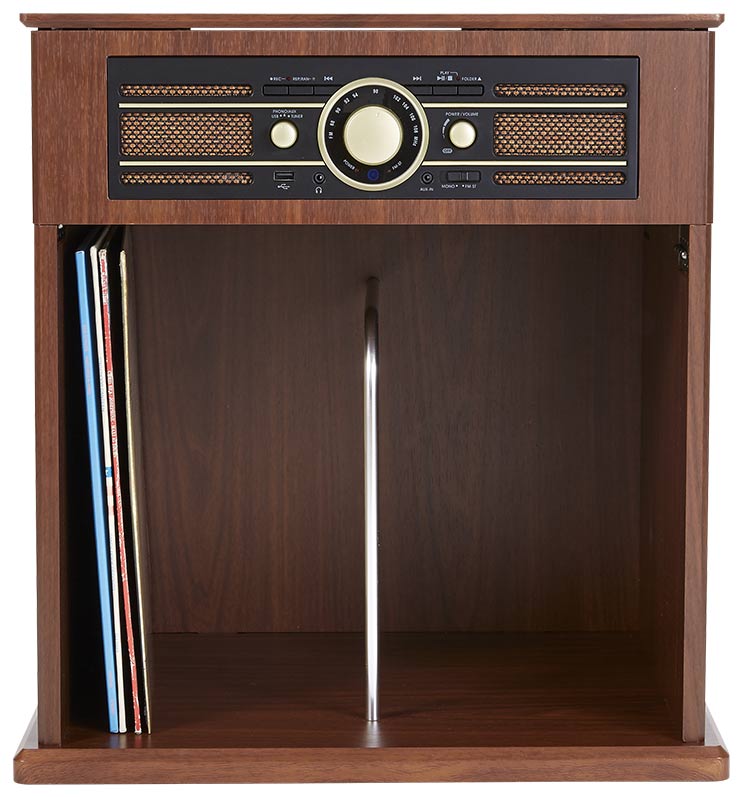

We list 11 things you should check if your turntable isn’t sounding great in our troubleshooting guide here. If your record player sounds bad, but it doesn’t sound like it may be a speed issue, then there are a number of other possible causes. Not all issues apply to all record players however, so when it comes to diagnosing what the problem is and what the fix may be, it’s important to first understand the different issues and to which types of turntables and record players they could apply. If your record player speed is too fast or too slow, one of these issues is likely the cause: Problem almost all record enthusiasts will have come across at some point, butįortunately in many cases it’s something that can be fixed without too much I wish I could give you a more authoritative answer, but that`s the way these things go sometimes.You’ve gone to all the trouble of getting a sweet set-up to be able to listen to your prized vinyl record collection, but you’ve encountered an issue with your turntable. The reason that the three speeds seem unrelated is that they are. So, apparently, the origin of all the record playing speeds is that, given technological limitations and market considerations, each speed seemed like a good way to go at the time each was introduced. I recall, however, endless hours of amusement gotten by playing Mom`s classical music albums on 16 2/3. That apparently was the sole domain of speaking records music didn`t sound good on that format. You may recall a turntable speed of 16 2/3 (I do) on some record players. had become the format for single records, and 33 1/3 r.p.m. While changing sides no more than once, if at all.

The big appeal, of course, is that listeners could hear entire symphonies or Broadway selections on 33 1/3 The jukebox industry gave a big boost to the 45, but classical music and Broadway cast albums, from such shows as ''South Pacific,'' made 33 1/3 the format of choice. (The development of multi-speed turntables made this a bit easier.) For a brief time, many recordings were available in 78, 45 and 33 1/3 formats, but as far as sales were concerned, plummeting figures suggest that many consumers headed to the sidelines and waited out the fight. record the following year, and the struggle that followed is referred to as ''the battle of the speeds,'' and it went on for years. RCA Victor responded with the seven-inch, 45 r.p.m.

RCA was less thanĮnthusiastic, so CBS went at it alone, offering the new discs, as well as inexpensive players, in 1948. 1 competitor, RCA Victor (they of the earlier, disastrous flirtation with 33 1/3), to facilitate the mass conversion to 33 1/3 format. The CBS folks were so convinced they had the record of the future in their hands that they offered their new technology to their No. (Goldmark`s Microgroove could last up to 23 minutes per side). Heimers says that the 33 1/3 figure was essentially an arbitrary number, or more precisely a final compromise between sound quality and length of play The record, dubbed the Columbia Microgroove LP, was designed to rumble along at 33 1/3 r.p.m. Peter Goldmark devised a record that held between 224 to 300 grooves per inch (up until then, 85 grooves per inch was the norm) and delivered high fidelity, according to Gelatt`s book. In 1944, CBS commissioned more research into the long-playing record, and in 1947, achieved success. But getting more music out of the same size disc proved to be a perplexing technical problem the slower the record spun, the worse the sound quality became, and moving the grooves closer together was unworkable for several reasons.

But the notion of a slower playing speed persisted, the obvious attraction being that more music would fit on a record that didn`t spin so fast.


 0 kommentar(er)
0 kommentar(er)
